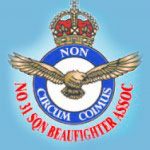Peter Demaine MBE
Peter Demaine MBE 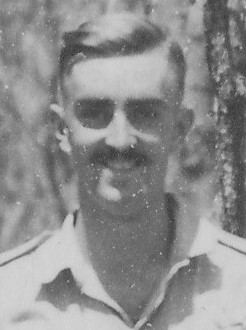
After I had turned 18, my army ambitions had changed in favour of joining the RAAF and becoming a Spitfire Pilot. Around 1st Dec1941, I was accepted for aircrew training and there was a nine month wait to be called up – too many boys, wanting to be Spitfire pilots? With the Japs in the War, I was called up into the Army on 7/2/42, kitted out at Royal Park {on the day the first American Troops arrived in Melbourne and then later changed the name of the place to Camp Pell} and sent to Army Headquarters Signal (located at Park Orchards between Ringwood and Warrandyte} where with four other aicrew volunteers, I became part of a line laying unit – telephone lines on poles and temporary lines in the bush.
By Sept 1942 we were in Brisbane ready to go by train to Cooktown to build the first telephone line to the tip of Cape York Peninsula.
Just before we were due to leave the four RAAF boys were sent back to Melbourne to be discharged from the Army to then be called up into the RAAF – another stroke of luck as the signals unit had a tough time in North Qld.
Initial training was at Somers Camp on Westernport Bay and much to my dismay, I was categorised as a Wireless Airgunner and all but two of us were sent to Canada (another stroke of luck as many of them lost their lives serving with Bomber Command in Europe). I trained at Ballarat and West Sale and was then sent to Mount Gambier for Nav Training. At Mt Gambier, I met another trainee Ron Leckie, and on completion of the course we were both commissioned and posted to 35 Transport Sqdn based at Pearce North of Perth.
This was in late 1943 and our leading aircraft were two De Havilland four engine biplanes – very slow, only a few passengers, and nothing bigger than a wheelbarrow in the way of freight – took all day to get to Broome.
In November, we were re equipped with C 47 aircraft ( Douglas DC3’s), wonderful aircraft, all metal with many passengers and could carry
a Jeep.
As you will see from my Log Book, I was then posted to No 5 OTU (Operational Training Unit) to crew up with a Pilot and learn to operate a Beaufighter before being posted to either 30 or 31 Sqdn. The OTU had moved from Wagga to Tocumwal prior to a permanent move to Wiliamtown, north of Newcastle. Our CO was Black Jack Walker who had a distinguished carreer as CO of 30 Sqdn in New Guinea – his OTU was only a temporary occupant at Tocumwal and whilst we were there he had some dispute with the base Commander by the name of White Walker. In the midst of a meeting in the officers mess, Black Jack buzzed the building in a Mosquito aircraft, just missing the roof.
Our sojourn at Tocumwal was full of interest and I crewed up with a wonderful pilot, David Doughton from Melbourne. Like me, he was a keen golfer but a much better one than I – after the war he was Royal Melbourne Club Champion for two years running. We were posted to 31 Sqdn and before moving to Coomalie we were put through a “hardening course” to toughen us up for the rigours of operations. The course was held at an RAAF camp near the end of The Colonel Light Gardens tramline just east of Adelaide with vineyards all aound – now all part of suburban Adelaide. We were route marched daily, sometimes with respirators on and full battle kit with .303 rifle and all – I suppose we were quite fit by the time we finished.
We flew from Adelaide to Batchelor with an overnight stop in Alice Springs. A 31 Sqdn truck picked us up and as we entered the Coomalie base, the driver said he would take us round by the strip to give us a look at it – the Camp was some mile or two away.
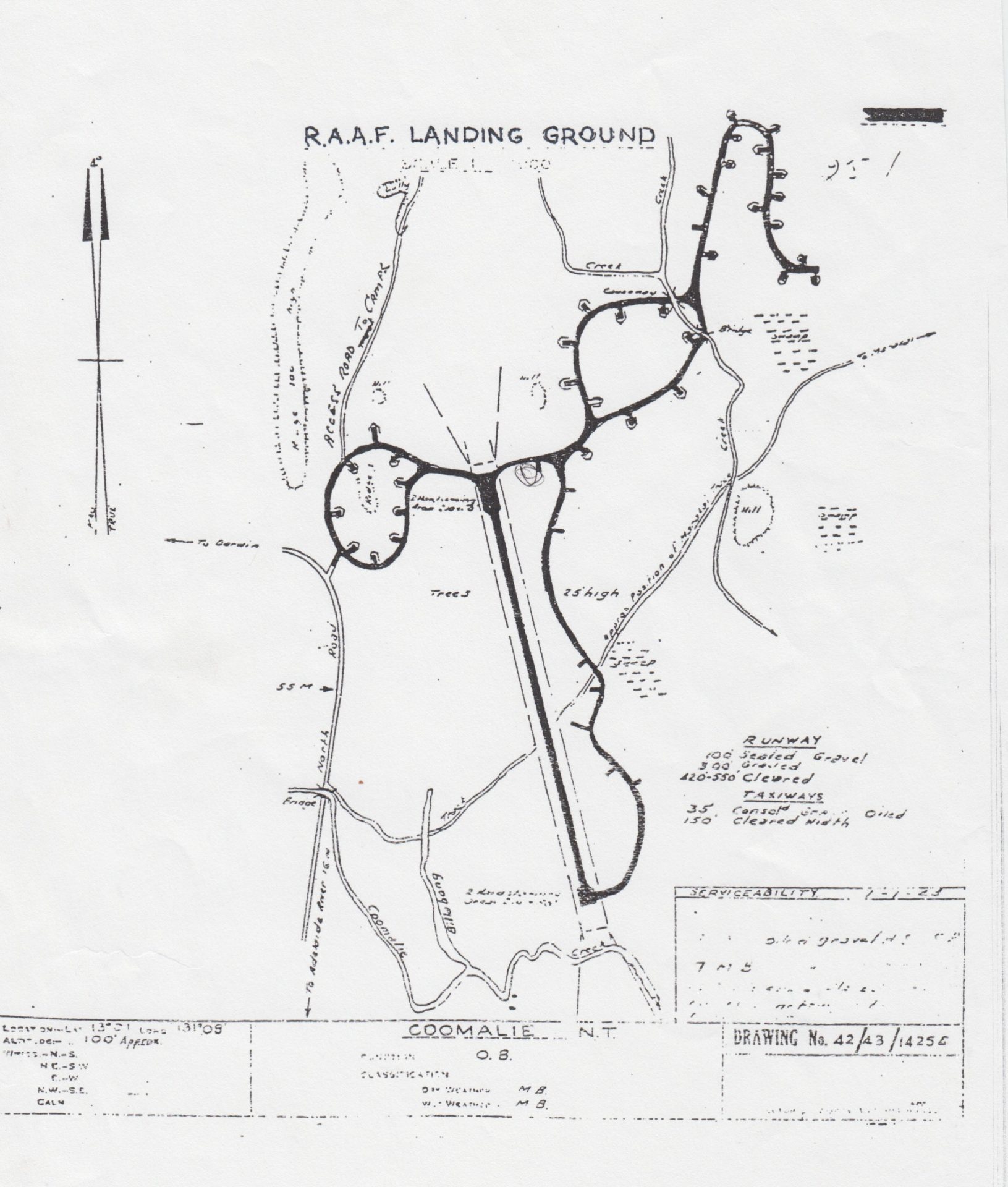
There, off the far end of the strip, was a Beaufighter in the drainage ditch – the driver explained “just back from Broome with a load of beer, brakes failed, its back is broken, nobody hurt, and not a bottle broken.” We later found out that the Sqdn regularly had a detachment of Beaus based at Broome to cover a forward Catalina base in the islands off the NW coast. It was possible to buy beer from the RAAF people in Broome – about five bottles at a time would be packed into a sandbag and several bags could be stacked between the Cannon bins in the centre of each aircraft, a very useful addition to the Sqdns supply of two bottles per person per week.
Not so easy for the Catalina crews as they had to bring a Cat’ down to Broome, moor it well out in deep water (very high tides in Broome), wheel the beer over the extensive sandbank and then row it out to the Cat’.

Tent lines at Moratai
My pilot enjoyed his beer and kept a few bottles (for special occasions) in our tent – I remember being awakened one night with a hissing sound – white ants had eaten thru the cork in the Crown Seal on one of the bottles –what a pity said David, “I can’t drink it as we have to fly this morning.”
So much for the beer – the Coomalie camp was well established when we arrived In April 1944 –permanent open air Mess buildings for officers NCO’s and Airmen – we all lived in tents and most of us had reasonable wire beds with a straw palliasse.
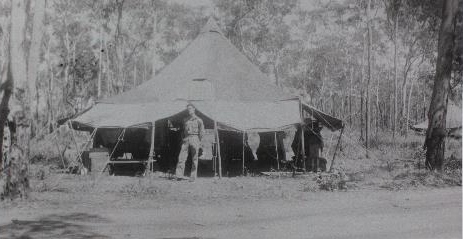
Typical Tent
During the dry season, one usually needed a blanket around two in the morning. We had plenty of water for showers (cold) and good latrines – the loos were in a flyproof shed and one tossed a few woodchips in after each visit and on a weekly basis the pit would be set alight with the smoke puffing out via a chimney at the back – all very hygienic. The camp had a loud – speaker system throughout for issuing orders etc an every evening music was played …
I well remember “Paper Doll” by The Mills Brothers.
As you will see from my log book we did not do a lot of flying from Coomalie in May and June 1944. To relieve the boredom we spent time cleaning our aircraft, running to keep fit and playing cricket. On one occasion we played a match against NW Area Headquarters, that was based a few miles down the road towards Adelaide River, and I managed to clean bowl a former test cricketer Hans Ebeling. He was only a bowler like me and not a very good batsman – we won the match. We also took to growing a vegie garden between two of our tents.
Soil was carted up from Coomalie Creek at the southern end of the strip and lettuce, radishes, rock melons etc were planted – the wire netting fence around the garden did not prevent possums from eating all the melons just as they had ripened.

There was some wildlife in and around the camp- wallabies, snakes pythons and goannas. On one occasion pilot John Klug and his nav’ Pat Jones, were having an afternoon nap in their tent and on hearing a rustle awakened to find a large rock python sliding between their beds as it made its way through the tent. On a few occasions we travelled up to Berry Springs where we could have a swim and there was an open air picture theatre at NW Area Headquarters. On two occasions we travelled out onto the Marrakie Plains to the east of the strip to shoot Magpie Geese in order to supplement our diet – not many geese shot with .303 rifles, and it was not easy to get them back to camp in a fit condition to eat as they rapidly became rancid in the hot weather – I have a photo of Ron Leckie in a rubber dingy, out on a lagoon trying to retrieve a goose – just as well no Croc in that lagoon.
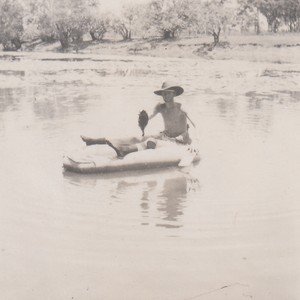
October brought on the onset of the wet season and there were heavy showers of rain – on one occasion we had returned from a strike, and with our aircraft safely back in its dispersal bay, refuelling and rearming took place. Just as some fuel had been spilt on the tarmac there was a huge flash and a loud bang as lightening struck a tree across the taxiway – the tree was shattered and so were we, but the spilt fuel did not ignite.
Following our second visit to Broome in Aug 1944, I arrived back at Coomalie with an attack of dysentery and I was quickly sent to a nearby RAAF firstaid post/ hospital, not far from Coomalie where in a few days of Sulphur drugs I was made well again but needed a day or two of rest. David and I were sent to a RAAF restplace – a house in Darwin near Mindil Beach with a cook and cleaning staff – a very pleasant and enjoyable time.
With the arrival of the new Australian built Beaufighters in late 1944, there was a problem with some of the fuel lines and all the new aircraft were grounded.

First Australian Beaufighter
In late October our CO Pat Boyd, was summoned to the factory at Fisherman’s Bend in Melbourne and he decided to take a Melbourne crew with him – I was the Wireless/Nav and my pilot David Doughton also came, and as we had to fly via Broken Hill, pilot John Klug (who was a mining engineer from Broken Hill) came as a passenger being dropped off on the way to Melbourne and picked up on the return. One of the British built Beaus was stripped of all its cannon bins so that we could bring back some replacement fuel lines on our return. As it happened, it took Pat Boyd several days to obtain the new fuel lines and David and I enjoyed the time at home with our respective family’s whilst being on duty and not on leave. During our time in Melbourne there had been rain over Central Australia and on our return flight all the parched land north from Broken Hill had changed from grey to green.
In November we were back in our new Australian built Beaufighter A8-6, that had been delivered and painted Jungle Green, All our British built Beaus (Designated, A19) had been delivered in Coastal Command Camouflage. Ours, A8-6, had been repainted, and we had our British Bulldog on the nose and “Winston” on the side of the nose – David was a great admirer of Winston Churchill .

Thats me standing left of the propellor.
I should mention here the origin of the “Tiger” that eventually was painted on the nose of all the 31 Sqdn aircraft, Whilst we were at Coomalie, John Klug (who was a keen Richmond Football Club supporter) had a tiger painted on the nose of his and Pat Jones aircraft with the words “Eat em Alive” on the side, nothing to do with Tigers in the jungle! The coastal command camouflage was very appropriate when we were operating long flights over the sea from the Darwin area – it soon became obvious that Jungle Green was more appropriate when most of the Ops out of Morotai were spent over jungle.
On 1st Dec 44 we departed from Coomalie early in the morning to move to Noemfoor Is, north of New Guinea, We had to travel in the morning as at that time of the year, the weather pattern develops an “inter tropic front” that builds up rapidly in the morning, stretching out over several hundred miles from east to west, and rising from just above sea level to around 30,000 feet – we could not fly under it , too turbulent to fly through, and too high for a Beaufighter to go over.
With two of our groundstaff as passengers we successfully arrived at Noemfoor just after midday and what a different place it was – Coral airstrips, hundreds of US aircraft, and very busy. We had tents near the airstrip and on the second day we took a ride in a jeep to have a look around this small Island – rounding a bend in the road we came to a lagoon inside a coral reef that had hundreds of dead fish floating on the surface – someone had dynamited the Lagoon and we gathered enough fish to feed the whole Sqdn – we were now on American rations with” Spam” in place of “Bully Beef” We carried out one operation from Noemfoor searching in vain for a lost Kittyhawk and its Australian pilot. At this time 22 and 30 Sqds were based on Morotai, some three hours flight to the N West of Nooemfoor – the Japs were bombing Morotai most nights and happened to destroy several of 22 Sqdn Boston aircraft, The Sqdn was withdrawn to Noemfoor to be re-equipped with Australian built Beaus and on 7 Dec 44, 31 Sqdn moved to Morotai to take their place in what was now the RAAF 77 Attack Wing. two or three of the remaining Bostons were put to good use as G Capt Cobby, who was the CO of 77Wing sent them down to Townsville to bring beer up to the Australian Squadrons for Christmas 44).
Morotai was even busier than Noemfoor with two strips – one for bombers and the other, on the edge of the lagoon, for fighters – our dispersal area was up a winding taxiway from the strip and on the long journey down for take-off, the pilots had to be careful that the engines did not overheat and that the brakes did not fail.
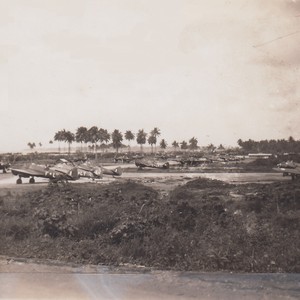
The 22 Sqdn camp was a sea of mud with slit trenches alongside each tent and most nights there would be an air raid and much time was spent in the trench – no separate messes so at each mealtime we all lined up in a long queue wih our tin pannikens to take whatever delights the Cooks had managed to produce – the loos were filthy and Ron Leckie and I (foolishly) tried to set them on fire by pouring aviation fuel into the pit followed by burning toilet paper –fortunately for us no explosion took place.

Breakfast Queue Moratai 1944
When Morotai had been occupied by the Allied forces only part of the Island had been secured and there were still some Jap troops (mainly believed to be starving) behind a perimeter fence, part of which was at the rear of our camp area. On the afternoon of our arrival there was news that two Japs had broken thru the fence and that we needed to mount a guard between our camp and the fence – all the groundstaff had experienced a long day with the move from Noemfoor, so the aircrew, fitted with tin hats and .303 rifles spent the night in slit trenches – apart from fireflies darting about, nothing happened.
We were kept busy at Morotai with mainly shorter sorties to Jap positions in the Celebes and nearby islands and we did one duty spotting for HMAS Cootamundra ( a Frigate) that was shelling a jap position just south of Morotai. On 9 Dec our CO Pat Boyd, led the first joint 30/31 Sqdn sortie to attack the port city of Jolo and its airstrip at the southern end of the Phillipines. When ordered by 77 Wing to make the strike, Pat Boyd had protested that the target was at the extreme range of a Beau and if we were jumped by enemy fighters and had to take the aircraft up to full power we could well run out of fuel and not make it back to base and would have to ditch in the sea – his protests fell on deaf ears. The engines were all tuned for lean fuel use and 17 Beaus (what a wonderful sight) set out for Jolo at 0610 hours – fortunately for us there was no shipping in the harbour and as we made a strafing run thru the airstrip and wharf buildings we were met with some light AA but no fighters – after 6 hours and 20 mins we arrived back at base low on fuel and were not sent there again.
Port town of Jolo
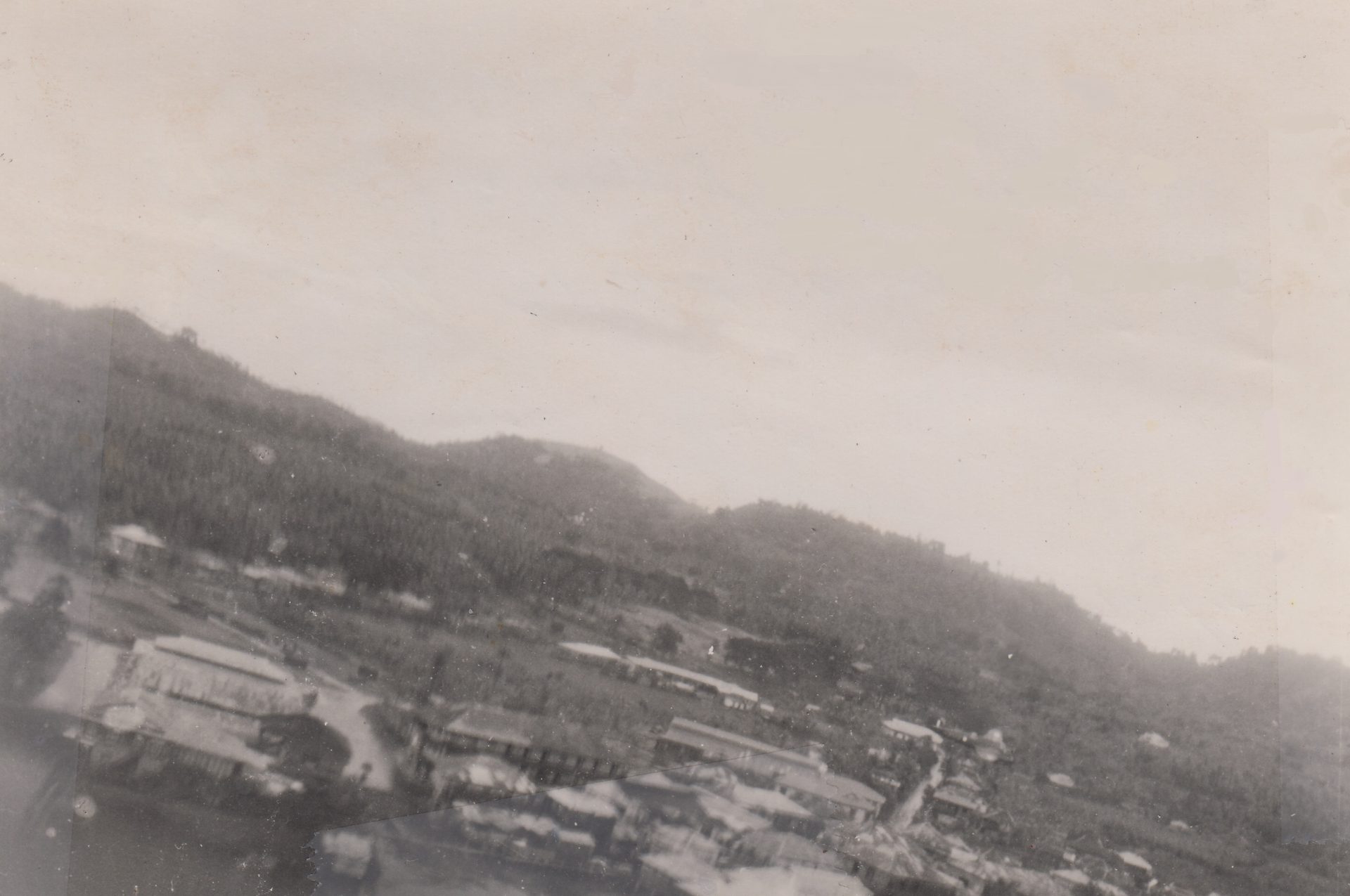
On Christmas Day we had to take our Beau up for a Test Flight over the sea just south of Morotai and David said” I would like to do a loop the loop – do you mind” I agreed and down and up and over we went –quite an experience and the Beau did it with ease- this part of the Test flight was not reported.
On New Year’s Eve we were detailed to take the Sqds” Beaucarrier” ( A Beaufort aircraft converted into a Transport aircraft} back to Coomalie to pick up some spares and we had to stay overnight at Nooemfor so that we could leave early the next morning to get under the Inter Tropic Front. At midnight all hell broke loose as the Yanks let loose with every gun on the Island – we had one bullet hole in our tent – back at Morotai the same thing took place and an RAAF Spitfire, on patrol at around 20,000 feet was hit – no serious damage but the CO of the RAAF Spits told the Yanks that he would turn his Spits on their guns if it ever happened again. Coomalie was like a ghost camp with the only aircraft being two or three Mosquito’s belonging to No1 PRU (Photo Reconnaisance Unit) that was based there until the end of the war – our return flights on 2nd Jan 45 were uneventful.
Our flying with 31sqdn finished on 9th Jan 45, and a week or so later we were taken back to Australia in an American Transport plane – the journey had its moments – we had stopped overnight in Lae and on the long flight down to Townsville I was asleep and someone snipped off part of one side of the moustache that I had grown whilst on the Sqdn. So that was the end of my Mo –fortunately my family had seen it when I had been in Melb when we had come down to Fisherman’s Bend, the previous October .Shortly after this rude awakening one of the Crew emerged from the front of the aircraft with a compass in his hand and announced “Does anybody know how to compensate a compass?” we Navs knew how, but we were not familiar with the Yanks Nav tables –as we had been flying for several hours we told them to turn right and they would then come to the Australian coast – we eventually reached Townsville and after landing, as the aircraft went to turn off the runway it stopped with one engine on fire and another aircraft took off over the top of us – the fire was soon extinguished. The next day we came down to Sydney and then travelled by train to Melbourne for some well earned leave.
One or two other matters concerning my time with 31 sqdn – in Aug 44 we had been on a single patrol over the Arafura Sea providing top cover for an RAN Fairmile Launch on its way to Timor, (fortunately no enemy fighters came near us). On our way back to Coomalie David said” you had better have a go at flying this thing in case anything happens to me, come up here” so I clambered up behind him as he undid his harness and proceeded to get out of his seat keeping one hand on the Control column ( The Beau was not fitted with an auto pilot) so in I clambered and flew straight and level and made a few small turns as we headed for the Australian coast. After some few minutes out I got and David took over – what we would have done in an emergency with him, perhaps wounded and the aircraft tossing around and then me then having to make a landing is not worth contemplating –fortunately my pilot skills were never put to the test.
The Sqdn was split up into two Flights and in July 44, David was put in charge of A Flight and Norm Tritton, Ron Leckie’s pilot, in charge of B Flight. The flight Leaders led Strikes that were not led by the CO and therefore Ron Leckie and I were at times the Lead Navigators. In Nov 44 David had led five Beaus on a long harassing run over Timor which had spent one hour and 40 mins over Jap territory and we had to return to Truscott as we did not have enough fuel to get back to Coomalie. Truscott was then a new strip in the Kimberlys, some two hours West of Coomalie and the coastline is very rugged with lots of bays and inlets and the charts were not very accurate – we had been told that the charts were based on Matthew Flinders observations. As we reached the hazy coastline around midday, after nearly six hours in the air, I instructed David to turn West down the coast to approach Truscott that was inland from the coast – after a minute or so one of the following beaus flew round in front of us, waggled his wings and turned inland “ what is he doing said David?” showing us the way to Truscott said I and so he was- they had been there the previous week. Perhaps I might have lost the lot of us- how lucky can you be!
Mid 1944 radio contact between aircraft on Ops was by HF { High Frequency Radio) – it could be heard all over the world – one morning on patrol around the top of Timor heading for Dilli our CO Darcy Wentworth switched on the radio to be greeted “Good morning Darcy” by a Japanese woman working in Timor – we were later fitted with UHF radio which had a short range between aircraft and for use in areas when working near our Base
We were told to try to avoid capture in the event of being forced down in enemy territory –we were not told that the reason for this, was that the Japanese were beheading captured airmen. So we carried items to trade with the local natives and in Timor there were many who were friendly to Australians – so we had knives and other useful items including cigarettes which were packed into condoms to prevent them from getting wet in the event that we had been forced down in the sea. My pilot David was a smoker and smoking was banned on Service aircraft. On a couple of occasions on the long trip back from Timor he would say “ I need a Cigarette” so I would have to find the emergency pack, tear open the condom, retrieve a crampled Plain Capstan, find the Wax matches and set him up in relaxed comfort as he drove the Beau – the next day we had to repack a condom with cigarettes.
I first flew with David at Tocumwal on 29 Feb 1944 and our last flight together was at Laverton on 4 April 1945. We met at infrequent intervals after the war and usually attended the Dawn Service at the Shrine on Anzac Day, at a time when Women and Children were really not made very welcome and were not allowed to file through the Shrine until all the men had gone through – how times have changed! David died many years ago.
On 21 Nov we took part in the second “Rocket Strike”by the RAAF in SWPA at Vila Salazar –I have photos of that.

Regarding the remainder of my RAAF career, I was posted to “Test and Ferry” at Laverton where amongst other ops we used to go to the then aircraft factory at Fisherman’s Bend to take delivery of new Beaufighters and fly them to Laverton – the runway at Fisherman’’s Bend took us off over the Yarra river and at the start of the runway there was a sign to warn pilots to be aware of “Ships moving in the River”
I, with a pilot, did one long flight from Gorrie (some 600km south of Darwin) to deliver a Beaucarrier aircraft to Morotai. When we arrived we could not find anyone to own the aircraft. After a few days it was decided that it belonged to a Beaufort Squadron based at Tadji on the mid North coast of New Guinea, so we proceeded there and we were then detailed to fly a Beaufort back to Australia – it had taken part in 100 raids on Japanese positions in New guinea and had 100 bombs painted on the nose – we were told that it would take part in a” War Bond Rally “.
We were to fly to “Jacky Jacky” strip on the tip of Cape York Peninsula and the shortest way to get there was up over the Owen Stanley Range and up we went and for a short time we were above the level at which we should have been equipped with oxygen. As we climbed up through cloud the pilot suddenly said “ there is no airspeed on the airspeed indicator” I said, “we are still flying must be something wrong with the Instrument”
Oh he said, “I have forgotten to turn the heat on the Pitot Head and it must have frozen up” – the heat was turned on and the instrument came to life.
As we descended towards Cape York we were in dense fog and for the only time in my career I used the radio direction finding loop ( then fitted to all aircraft) to bring us right down over the strip. We delivered the aircraft to Wagga but we were not involved in any War Bond Rally.
In May 1945 I was posted to “The General Reconnaissance School” at RAAf Bairnsdale, to attend No13 Staff Navigation Course, and just as the war ended, I successfully qualified as a Staff Navigator and was posted to 30 Beaufighter Sqdn as the Nav’ Officer. I eventually joined the Sqdn at Morotai with nothing to do – the CO was Darcy Wentworth (who had been my CO at Coomalie) and he was the only person in the Sqdn who did not line up at the camp kitchen for meals – one morning as we all stood in a long queue waiting for a serve of breakfast there was a loud cry from the CO’s tent “ take those F’…… Beans away and bring me something better” – we all cheered. The only flying we did was to fly the Beaus back to Wagga in October 1945. To fill in the monotony at Morotai a fellow officer decided that I should take to smoking – American cigarettes came free with the rations and it only took about a week to have me hooked – on my return home my father was very disappointed to learn that my cigarette ration would not be available to him – fortunately I stopped smoking in 1973.
I was discharged at the end of 1945 (from the MCG which was an RAAF Base) and went back to work with ICI at Deer Park where in 1949 I met Joan Henderson and we were married in 1951 and a long and very happy marriage followed – Joan died in 2008.
I had a very interesting time with ICI and had a long association with the Nobel Explosives business
My final job before retiring in 1985, was the Chairman and MD of ICI New Zealand, based in Wellington NZ
click to open link
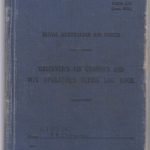
PETERS PHOTO GALLERY
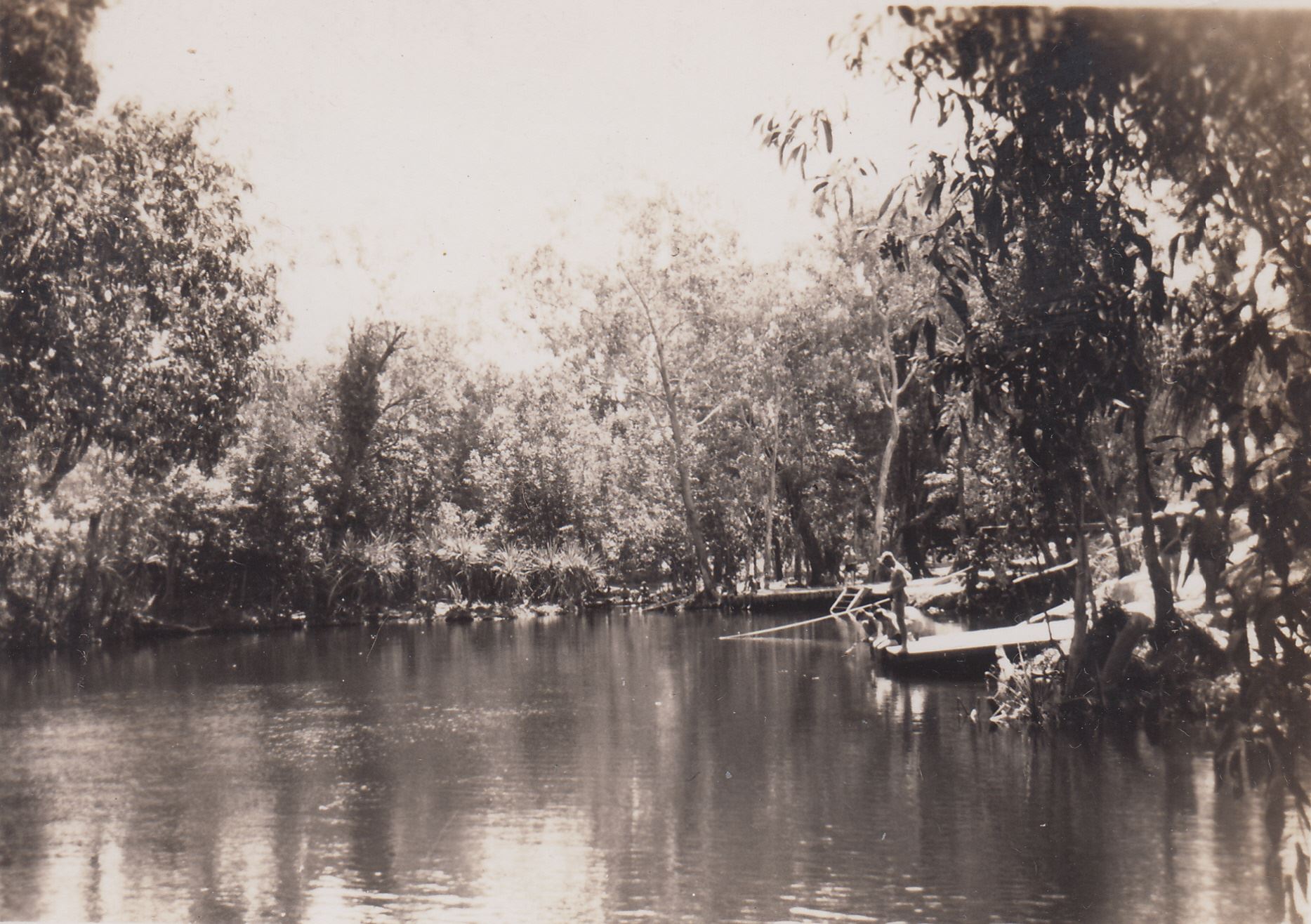
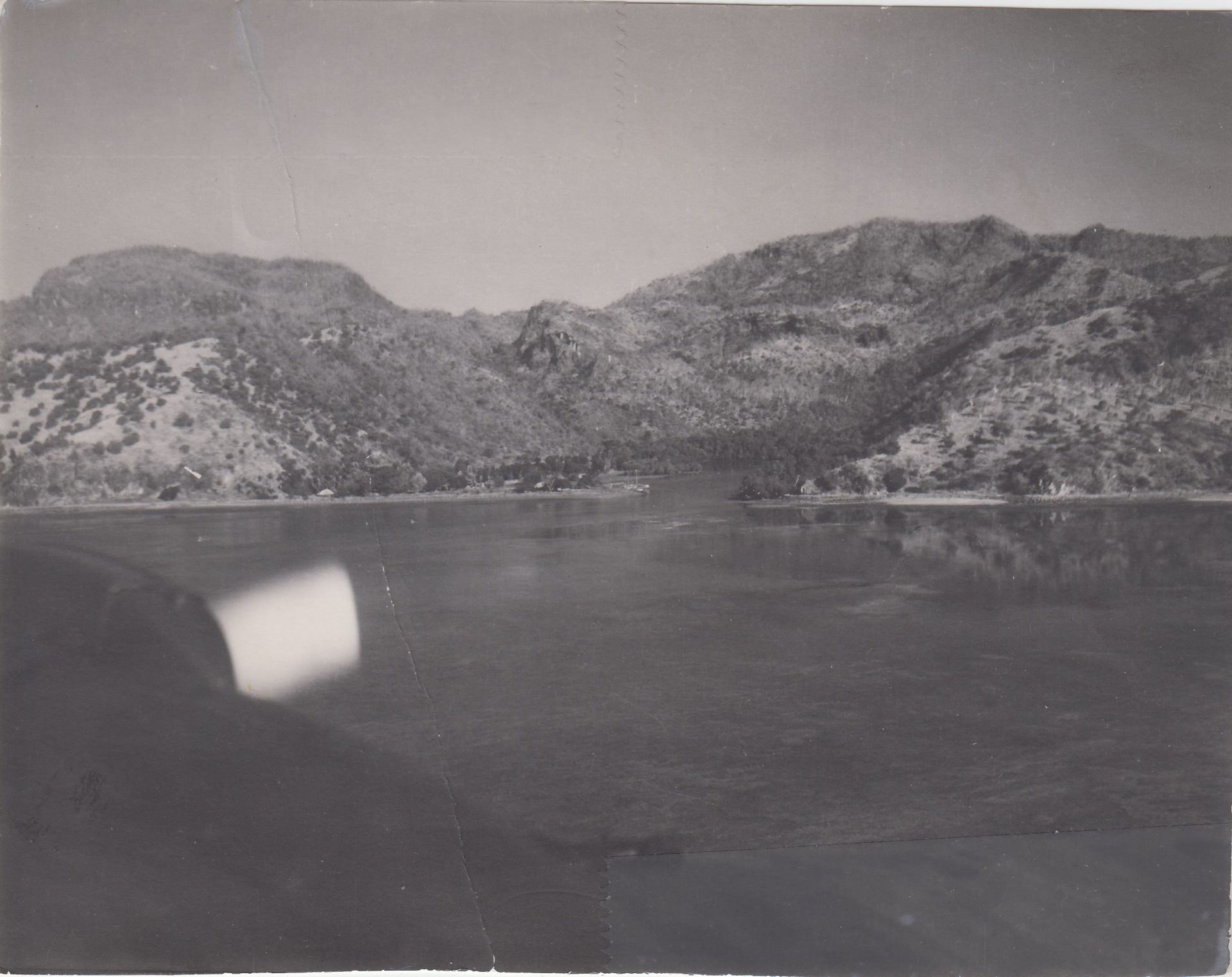
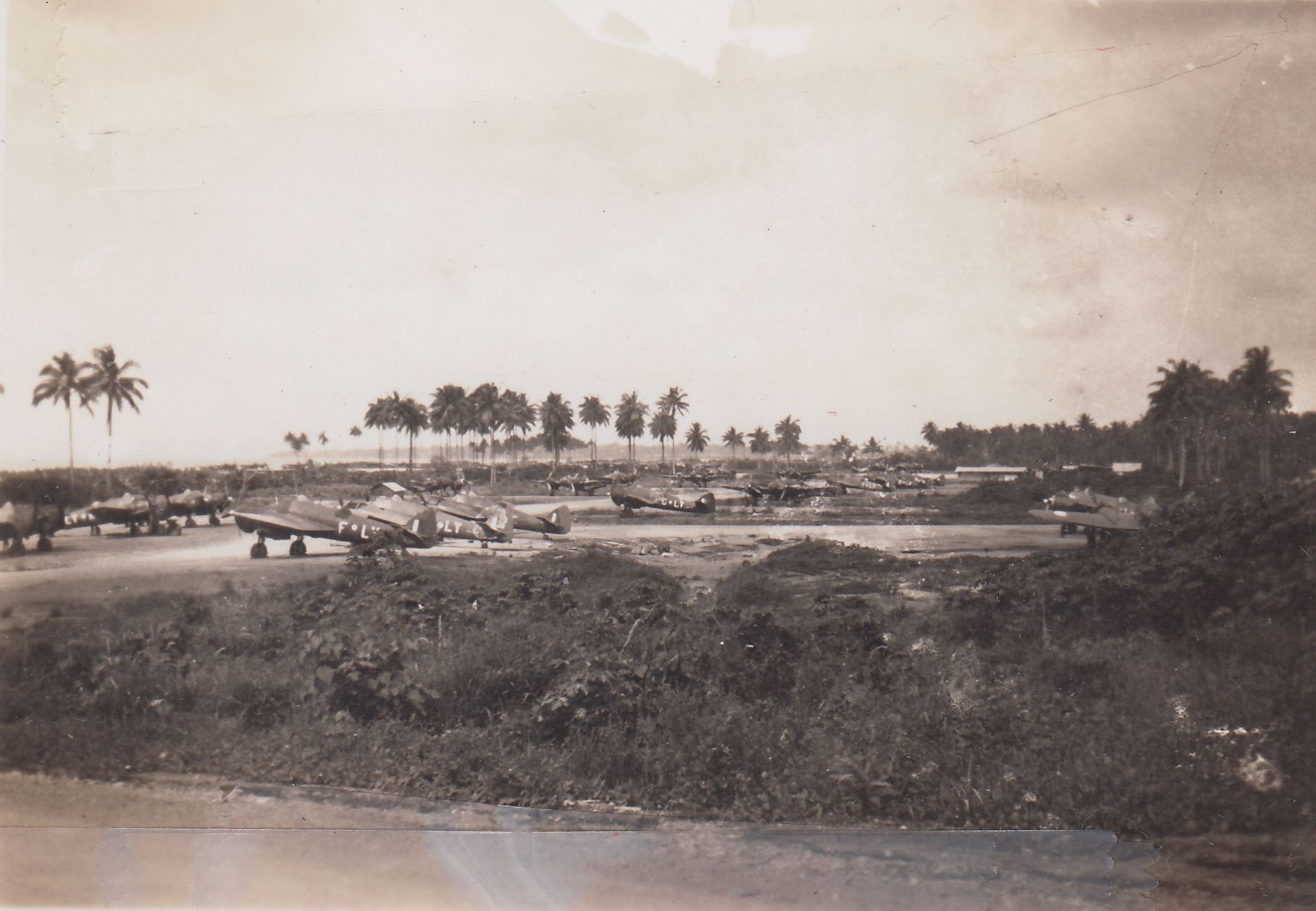

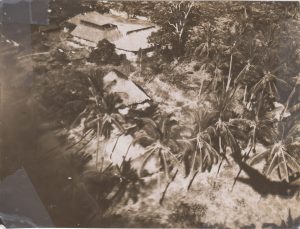


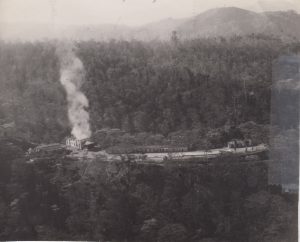
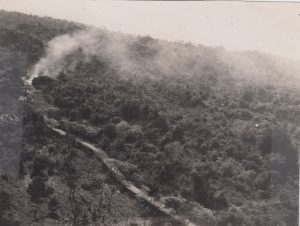
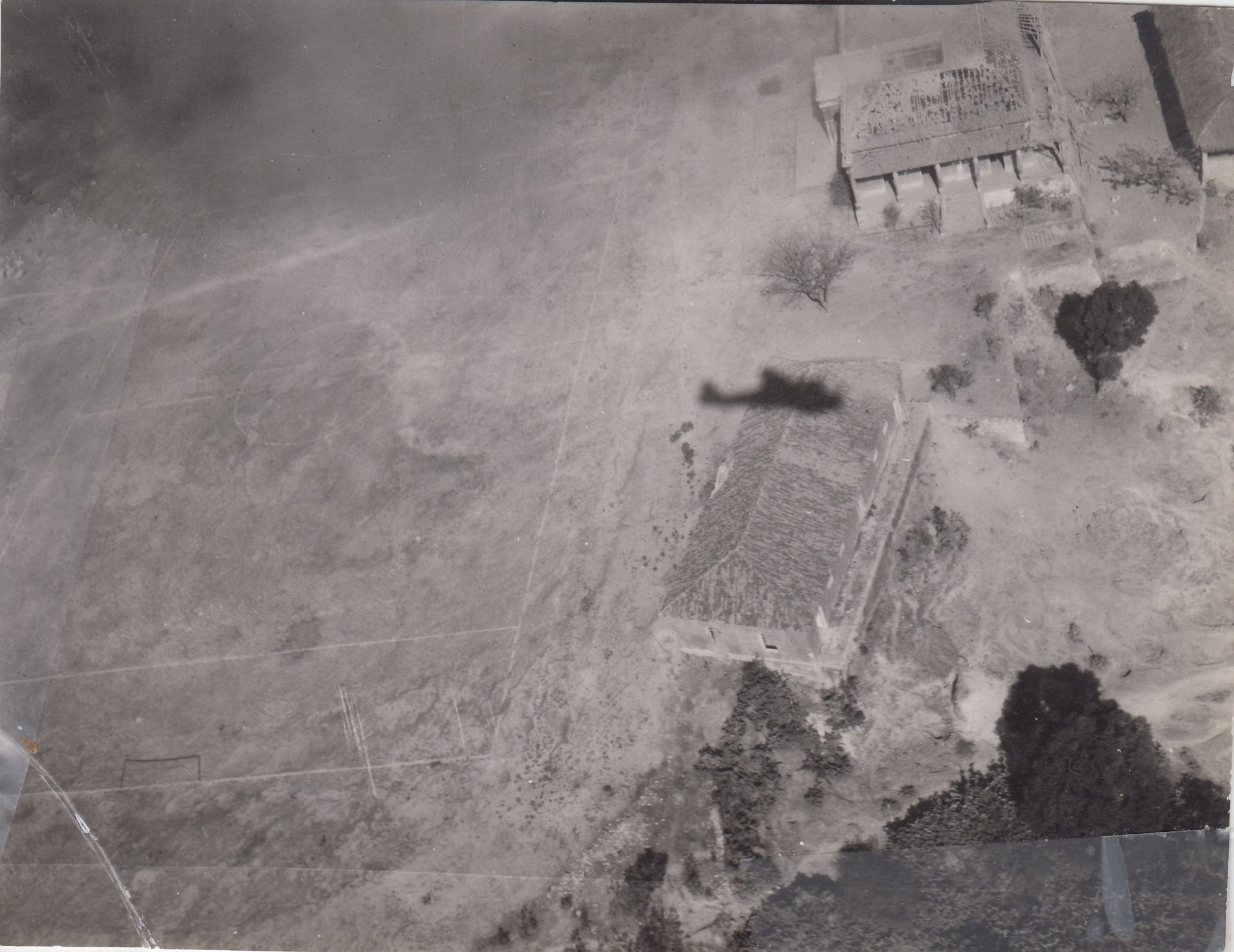
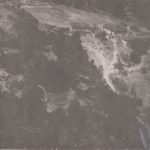
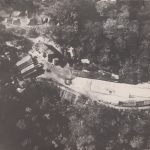
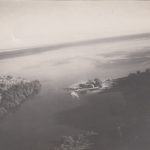
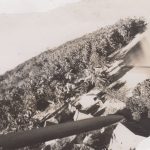
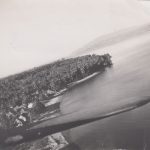
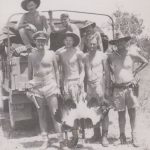

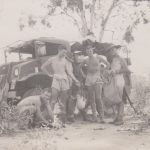
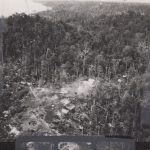
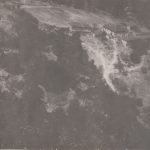
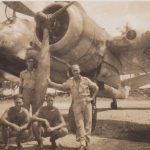
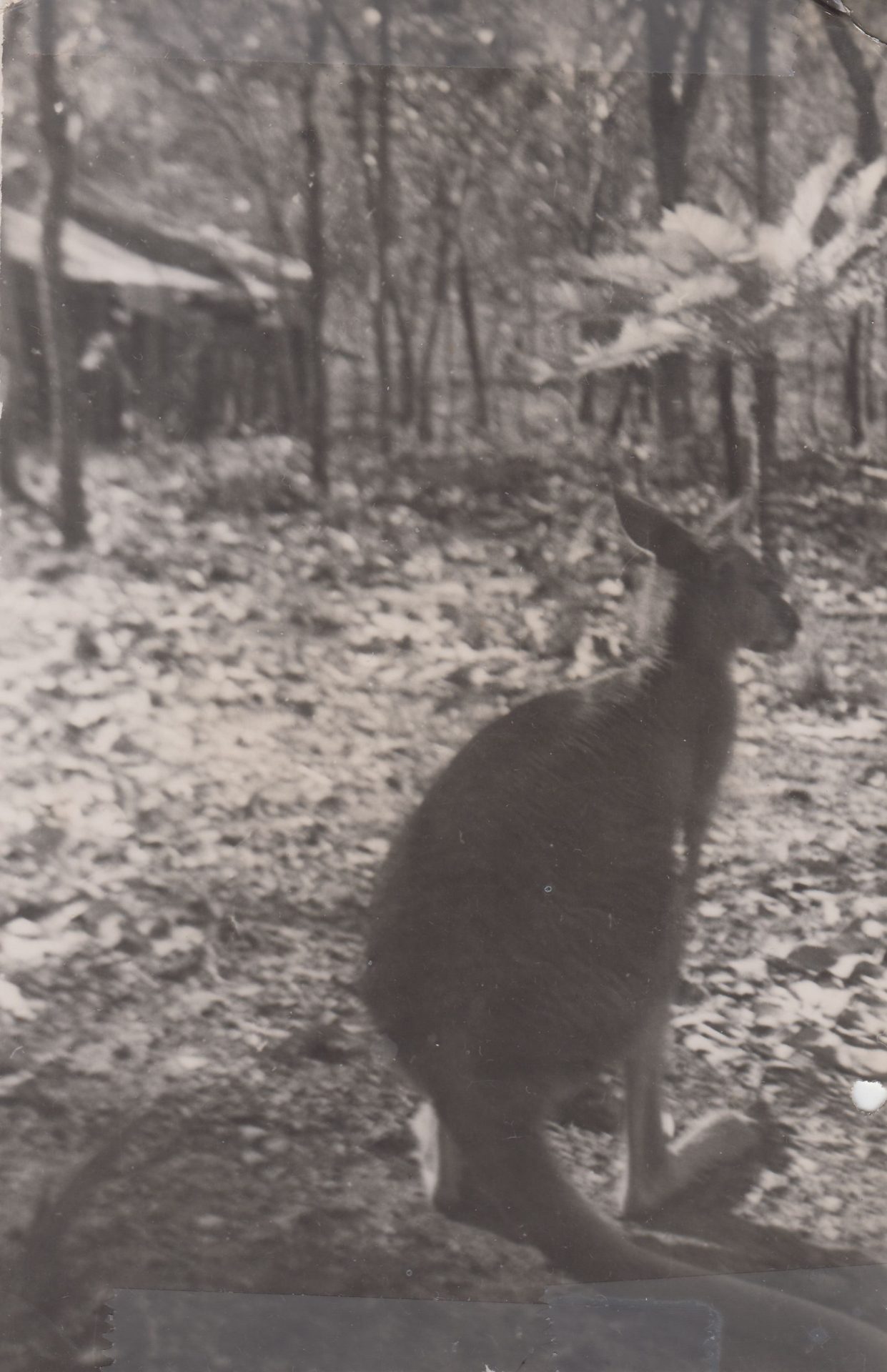
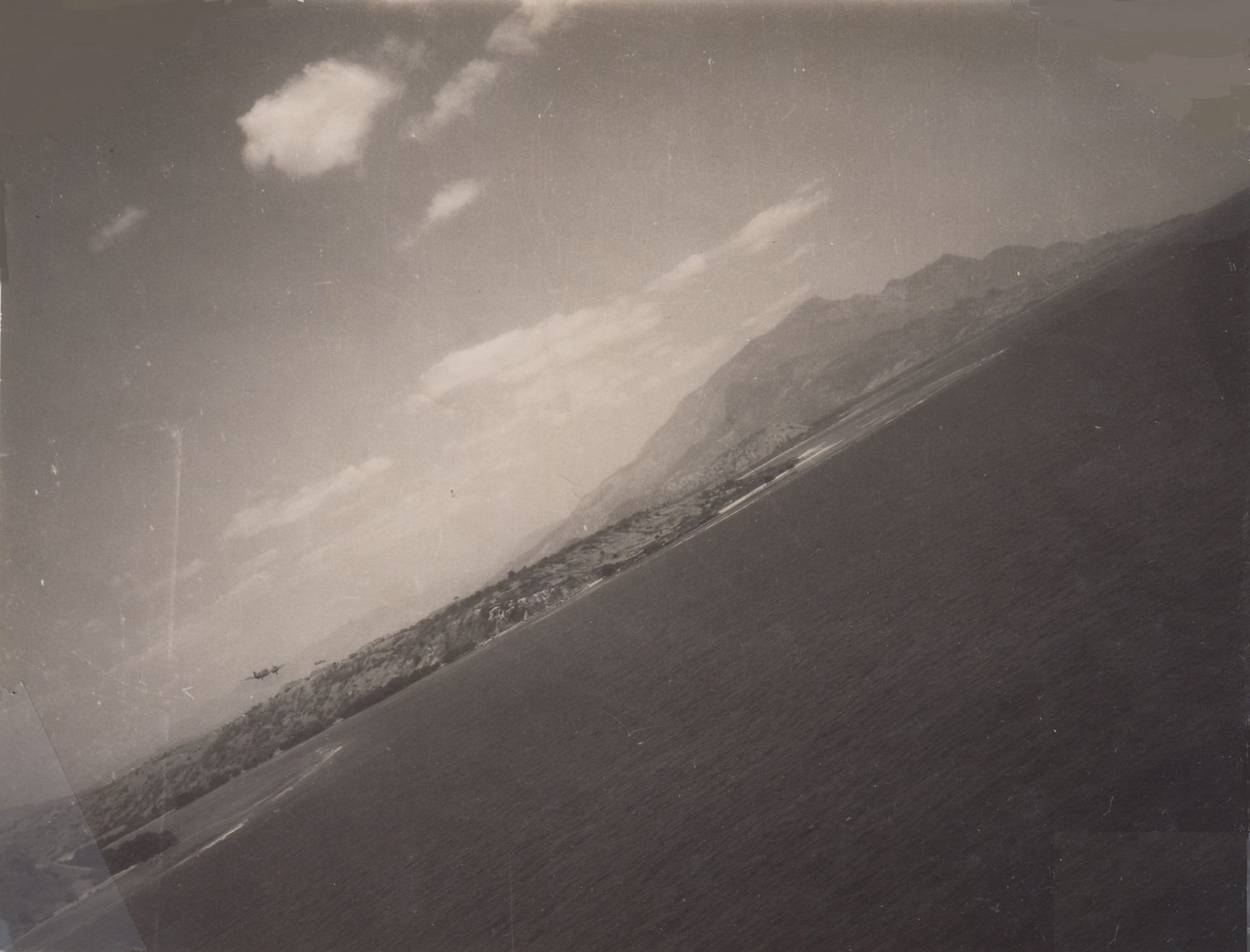
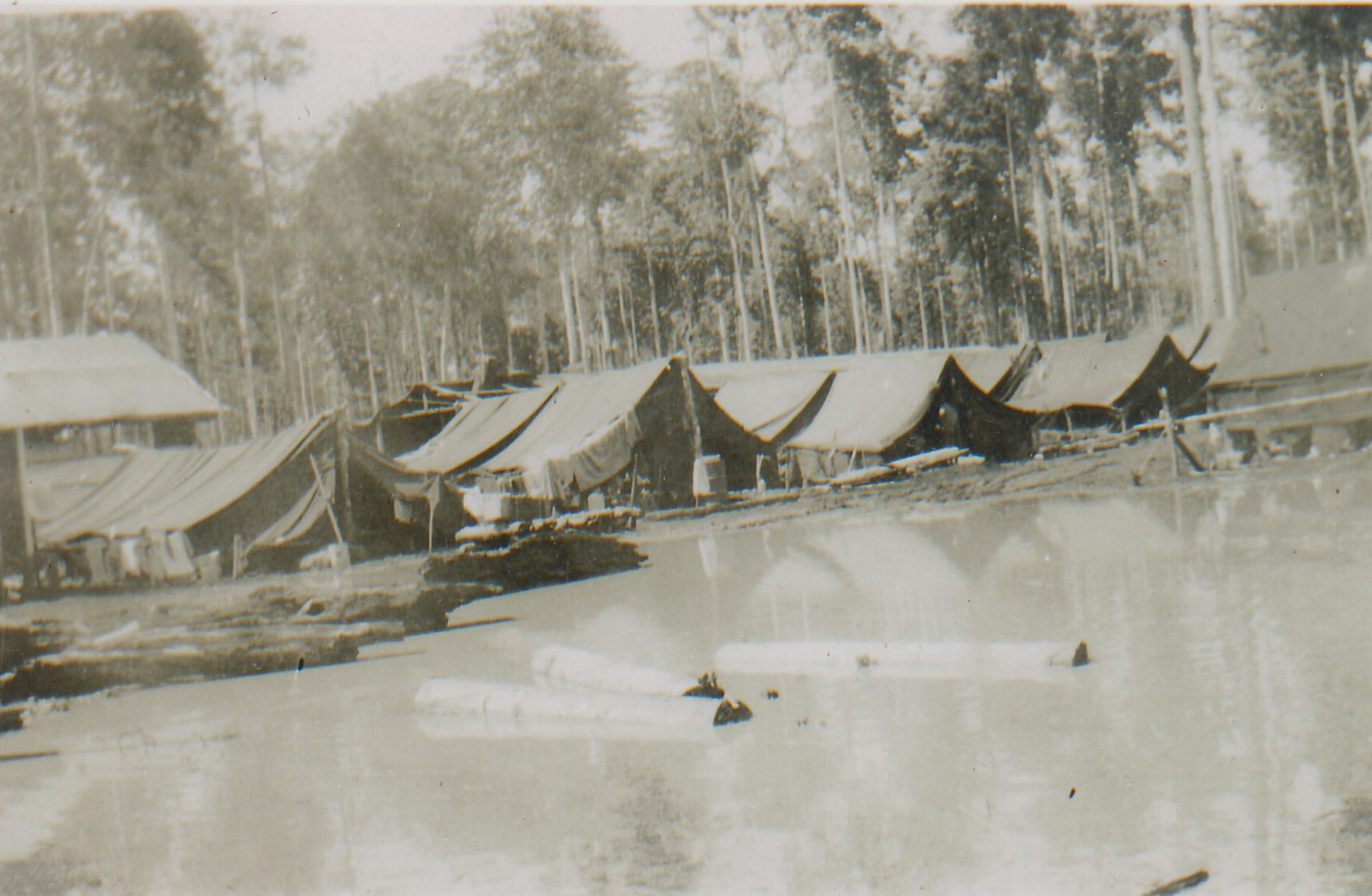
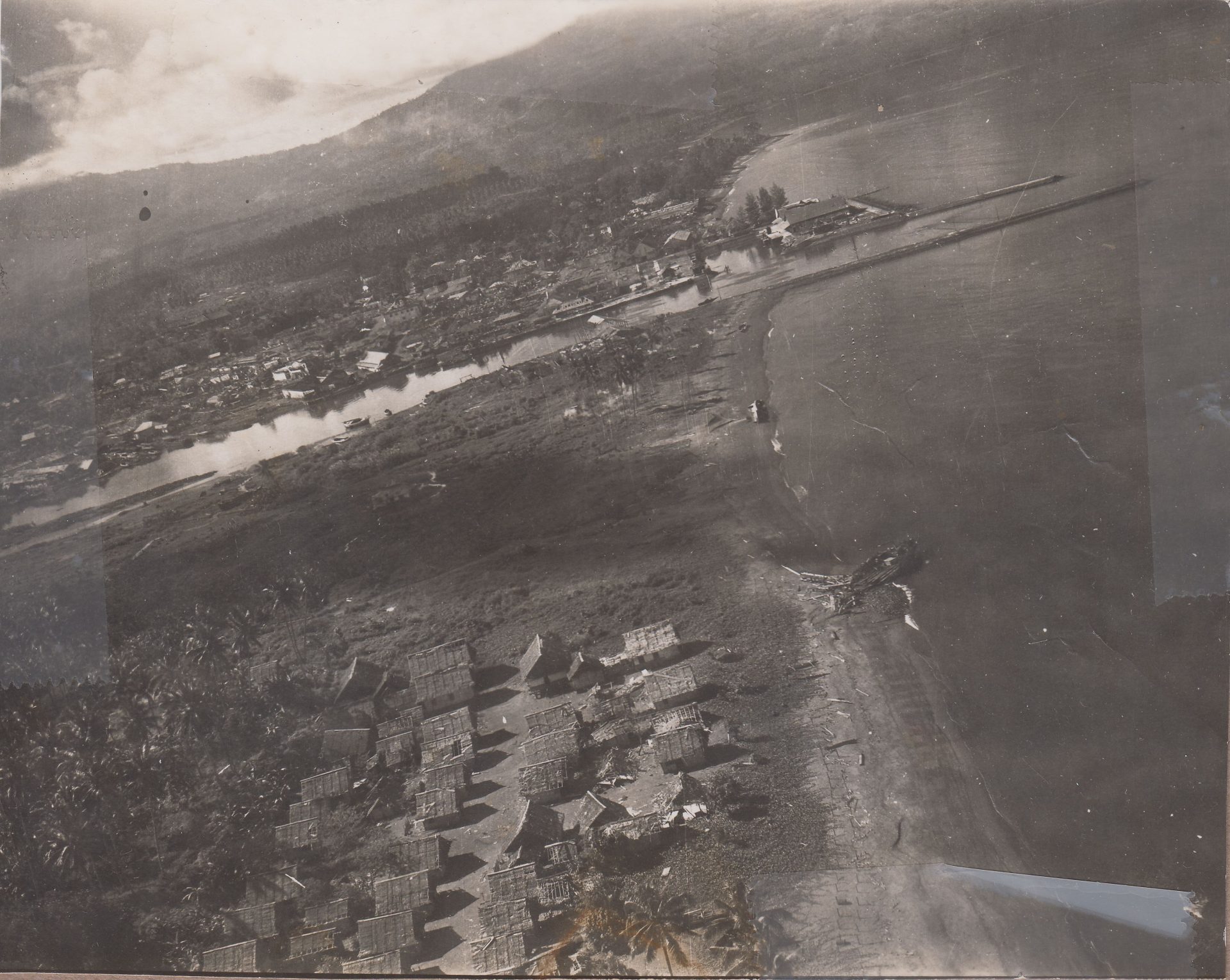

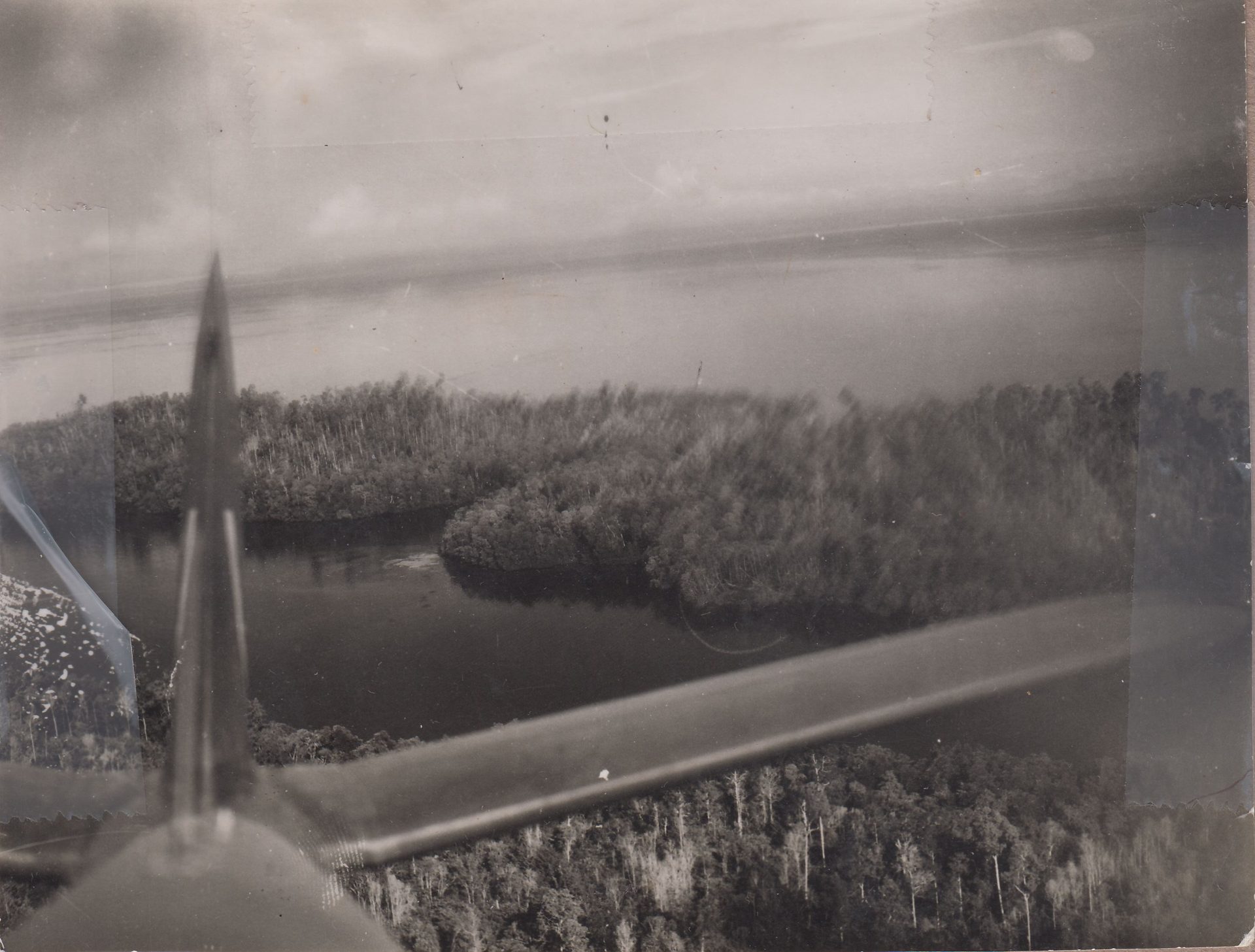

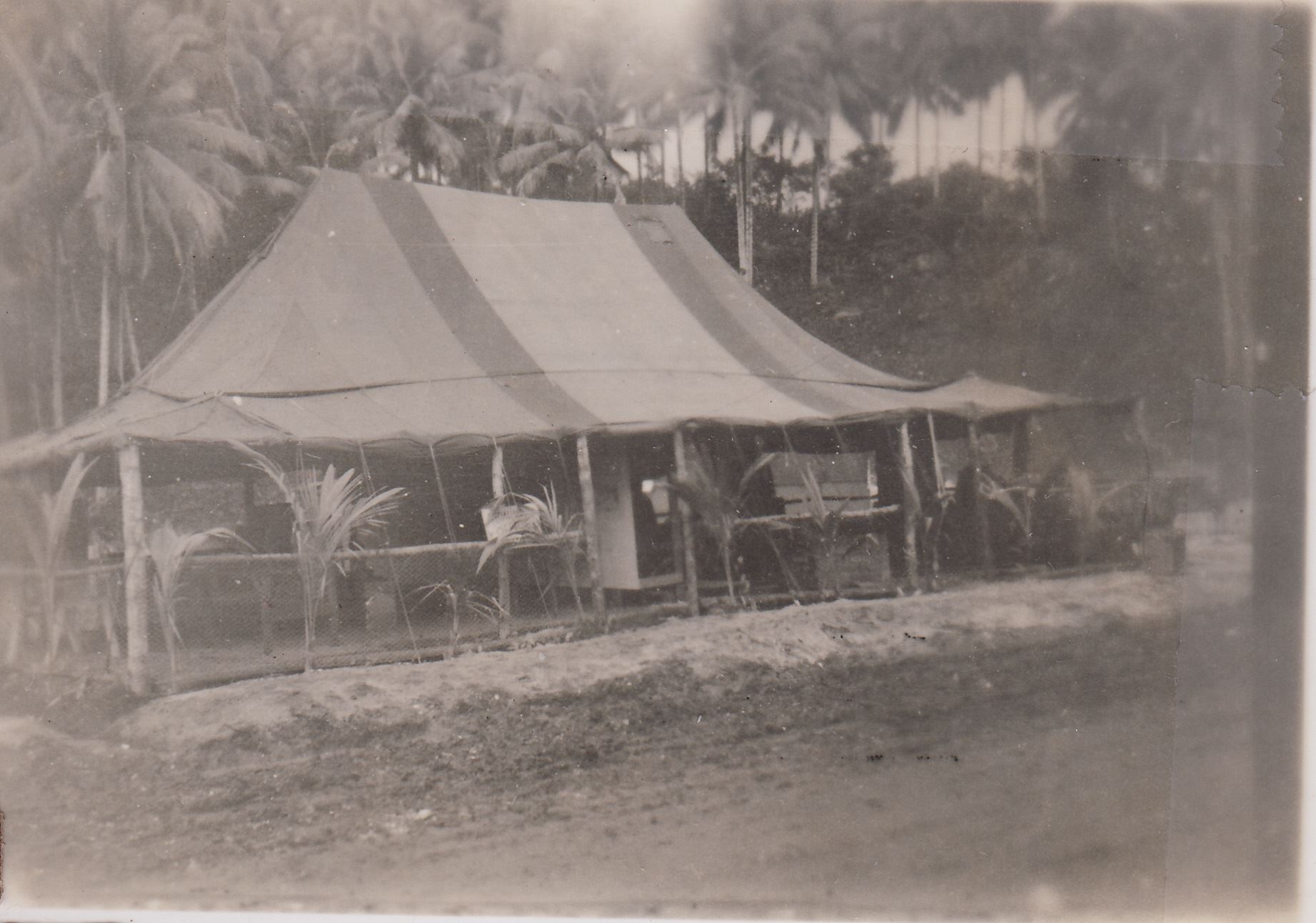
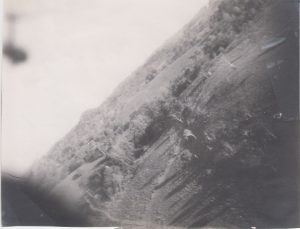

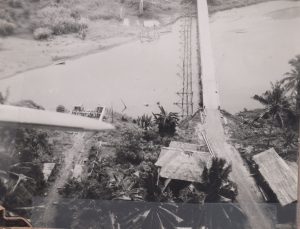
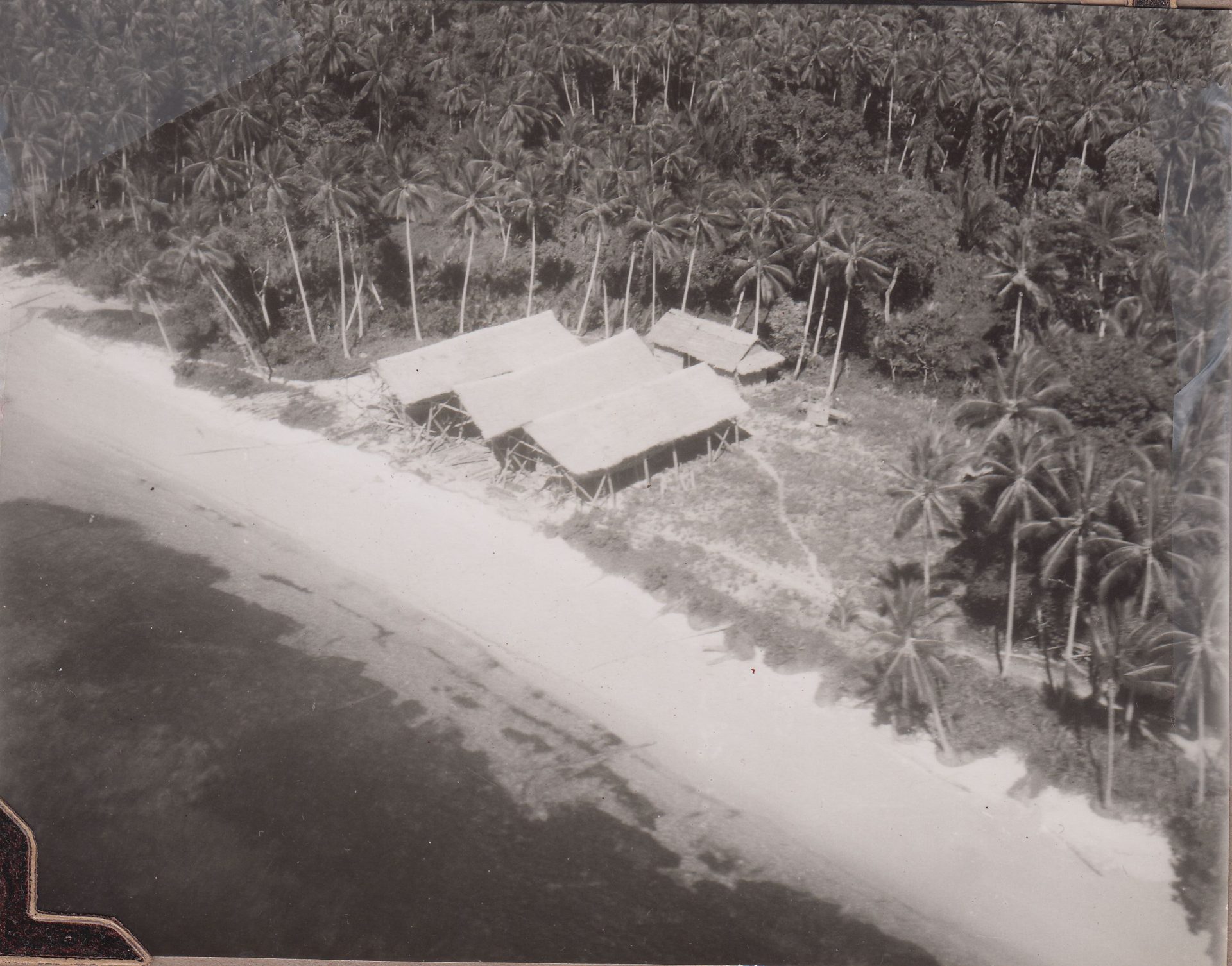
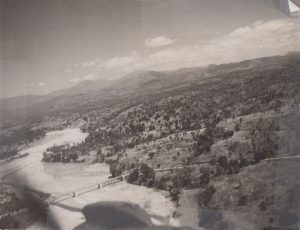
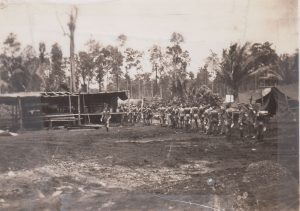
last edited 12/4/18
